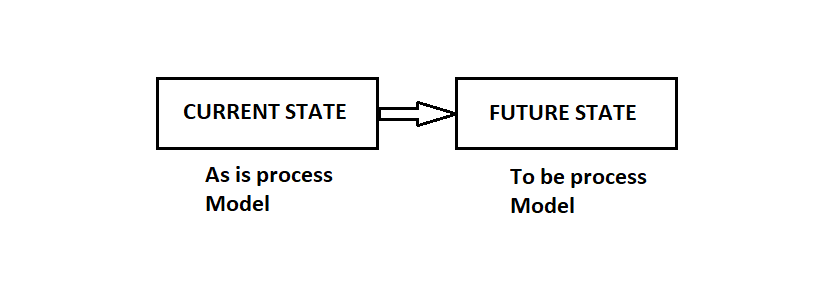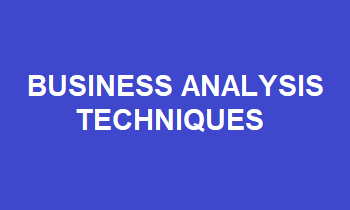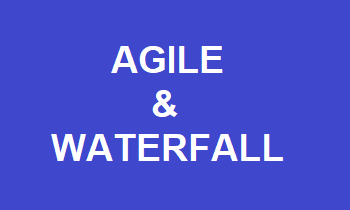Top 10 Business Analysis Techniques
A Business Analyst is always considered an essential part of an organization who plays a key role in shaping up a business requirement. Utilizing different business analysis techniques, a BA is capable of digging out the viable features. The BA also removes or postpones unnecessary features to the next phase to understand the current scenario and plan integration for next phases accordingly.
Most common business analysis techniques:
To make this possible, there are some business analysis techniques a BA must have know-how to leverage them efficiently. The most common business analysis techniques are defined below:
- SWOT Analysis: SWOT stands for Strength, Weaknesses, Opportunities, and Threats. As these four terms suggest, SWOT analysis is used to identify these four parameters in a project. Based on the current performance of the organization a BA is working with, SWOT analysis can help reveal areas that may incur certain challenges. The performance can be both related to weaknesses and strengths of the organization.
- Business Process Modeling: This relates to analyzing the gap between the current process followed at the organization and the process that the organization may follow in the future due to certain scenarios. This technique involves following four tasks:
- Planning strategically
- Analysis of the business models
- Process designing and defining
- Evaluation of complex business solutions technically

- Use Case Modeling: The use case modeling basically defines how a user is going to interact with a system. Depending on the business requirements, there can be different types of users and how each of them interact with the system to solve a problem. A use case model can be created using tools such as Lucidchart, Visio, etc.
- Brainstorming: This involves collaboration of various stakeholders who come together to create a list of possible ideas as well. All these are documented properly and a final version is prepared that has the list of key requirements along with their priorities.
- The 5 Whys: A simple but efficient technique where a series of 5 Whys or 5 questions each relating to the answer of the previous question. This technique help realize the origin of the issue due to which certain issue was created. The 5 Whys help reach the point where the main reason for the cause was initiated due to something missing or not initiated properly.
- Non-functional Requirement Analysis: Those requirements which do not directly make an impact on the functional requirement but can be associated with a functional requirement in some ways. The non-functional requirements are related to performance, security, reliability, scalability, maintainability, and usability.
- MoSCoW: The term MoSCoW stands for ‘Must-have’, ‘Should-have’, ‘Could-have’, and ‘Won’t-have’. This is a form of prioritization techniques that help compare one feature with another and verify their priorities based on these four terms whether a feature is required or not. And if required, what’s the priority to get the feature onboarded.
- User Stories: One of the best methods to describe the requirements in a non-technical form. This involves how a user anticipate a particular module or feature to be and what all expectations are there. The user stories are basically considered more into the Agile based projects.
- CATWOE: The word CATWOE stands for:
- C: Clients or Customers (Who get benefit from the business?)
- A: Actors (Who are the players or the users in the process?)
- T: Transformation (What transformation occurs at the core of the envisioned system?)
- W: World View (What is the big picture of the envisioned system and what are its impacts?)
- O: Owner (Who is the owner of the envisioned system?)
- E: Environmental Constraints (What constraints are there and their overall impact on the envisioned system?)
- MOST Analysis: A very simple but powerful tool that helps the organization convey their team members about the internal objectives of the organization and the ways to achieve them. It stands for:
- M: Mission
- O: Objective
- S: Strategies
- T: Tactics




Post Comment